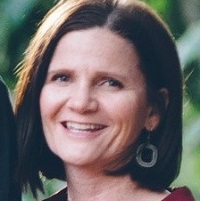Improving Work and the World Through Employee Profiling
11 Nov 2020


For many companies, employee-related costs are the single largest expense, accounting for more than 50 percent of some budgets. Common business challenges such as employee turnover and underperformance further increase costs and operational risks. For instance, organizations invest heavily in onboarding new employees—including training, production ramp-up and fulfilling compliance obligations. That investment is instantly lost when employees leave.
And then there are those employees who stay with an organization even though they are not a great fit. This creates a talent gap that keeps companies from reaching their true potential.
For these reasons, an increasing number of companies are turning to the discipline of talent optimization and employee profiling to close the gap and get more out of their employees. Talent assessments can provide accurate and objective measurements for use across an entire organization. And for companies with worldwide offices, it can become even more complicated.
Our guest in the latest episode of Globally Speaking Radio, Vanessa Darling, is the Localization Program Manager of The Predictive Index (PI), the leading provider of talent optimization services, and plays an integral role in localizing assessments and content. Vanessa shared her thoughts on talent optimization, the challenges of adapting assessments to a multitude of languages and how this effort can contribute to better work and a better world.
What is talent optimization?
Talent optimization is the process of aligning a company’s business and talent strategies to achieve optimal business results. Or, as Vanessa puts it, “Businesses have business problems which, in reality, are people problems.” By focusing on and fixing the human element, organizations can solve many of their core issues. For PI, talent optimization is a four-part discipline that seeks to collect, analyze and apply people data. As Vanessa explains, the four categories of a successful talent optimization approach are:- Design. This category “drives business results by aligning leadership to a winning strategy.”
- Hire. “And this one is really important…how we hire the best-fit talent with confidence and fast, using people data [including behavioural assessments].”
- Inspire. “How to empower managers to build and lead high-performing teams that are going to be able to champion their culture.”
- Diagnose. “Maximize productivity by identifying the root cause of disengagement…through basically engagement surveys.”

